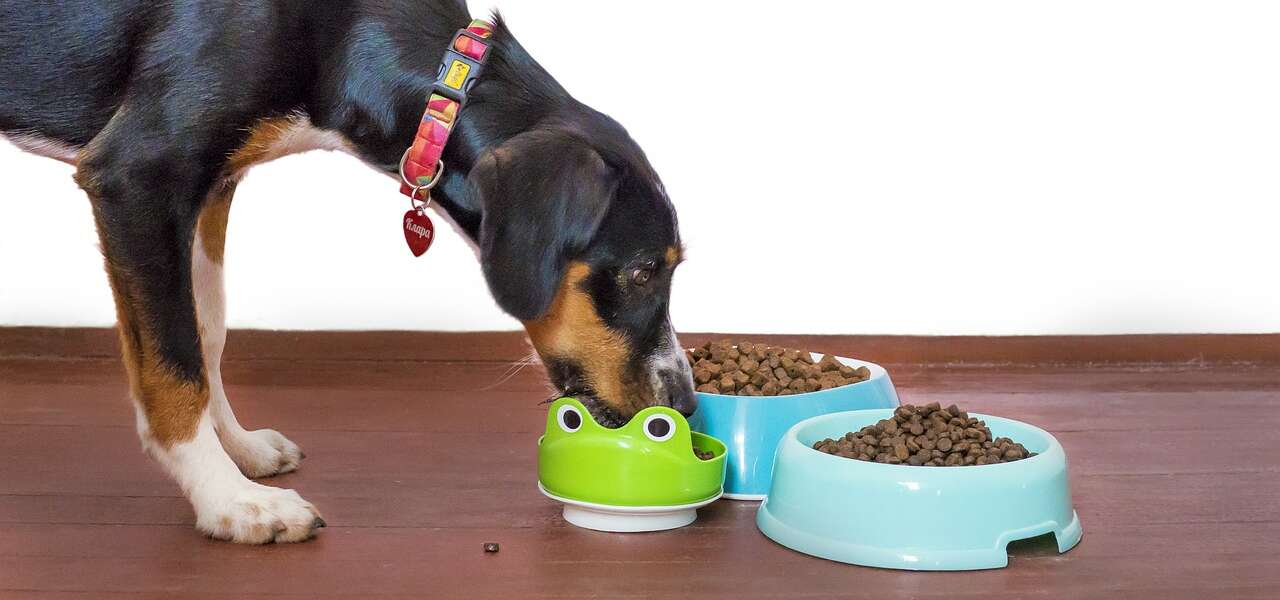Many dog owners and lovers are confused about what to feed their dogs following the U.S. Food and Drug Administration identifying a possible link between 16 brands of dog food and a potentially deadly canine heart condition.
Prof. Kate Shoveller, a companion animal nutritionist and researcher in the Department of Animal Biosciences, has some easy-to-follow feeding guidelines for dog owners. Shoveller has worked in the U.S. pet food industry for 10 years, won numerous awards for her innovative work with pets, has five patent applications, and published more than 60 peer-reviewed papers on animal nutrition and metabolism.
Here’s her advice:
-
Focus on nutrients, not ingredients
Animals require nutrients, not ingredients. Don’t get swayed by marketing that touts benefits of a single ingredient or suggests others are bad, such as “by-product.” Instead, consider the label guidance provided on the bag such as “Puppy” and “Adult” that indicate specific formulas that cater to different life stages. Also, look for formulas that match the characteristics of your dog, such as “active,” or that match your dog’s breed. These will provide your dog with the nutrients they require in the right quantity to be healthy. Essentially, read bags carefully and find options at your price point with attributes that resonate with you.
-
Canadian pet foods meet guidelines
Researchers, including Shoveller, have measured nutrient density in Canadian pet foods and all met the AAFCO nutrient density guidelines, which are the regulatory guidance for over-the-counter pet food. This is good news for Canadian dog owners because they can have confidence in locally made products.
-
Different dogs = different dietary requirements
Before getting a dog, learn the unique dietary needs of different breeds. There is no one superior food for all dogs. Consider trying different diets to find the right fit for your dog’s needs.
-
Don’t worry about switching brands
Consider diversity in your dog’s diet unless they require a therapeutic diet. There’s nothing wrong with switching brands to give them variety. Just as humans appreciate variety, so do dogs. Also, by switching brands you provide diversity of nutrient delivery, and your dog does not get used to a single flavour. This can be helpful if you cannot get that specific flavour or your dog requires a different diet and needs to transition.
-
One meal per day works for adult dogs, but puppies need multiple feedings
Dogs can be fed just once a day; multiple meals are not necessary. If your adult dog wants a snack, carrots or slices of apples are good options. However, puppies should be fed multiple times because their nutrient requirements are higher to support their growth. Large-breed puppies should be specifically fed a large-breed puppy diet.
-
Keep water bowls clean
Be sure to clean water bowls daily with a light detergent and rinse well. This removes bacteria from the bowl that can quickly build up and reduce your dog’s consumption of water, which may negatively affect their health.
-
Exercise as important as diet for dog health
Remember physical activity is key to your dog’s health. Dogs need physical activity on a daily basis. Plus, you get exercise at the same time!
Contact
Prof. Kate Shoveller
ashovell@uoguelph.ca
